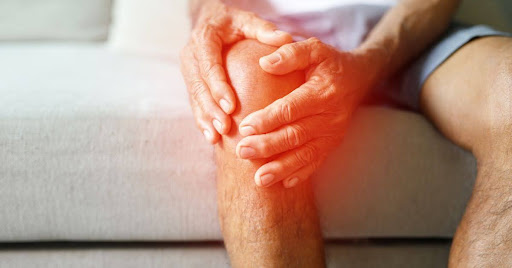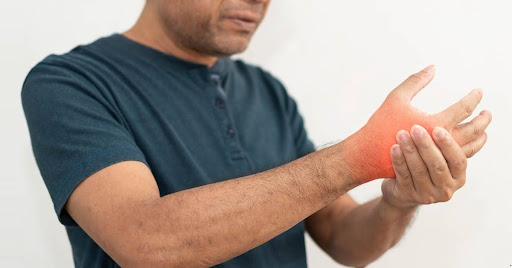Stroke Symptoms in Men: Early Signs, Headache & Care
3 min read
By DocGenie , Published on - 09 April 2025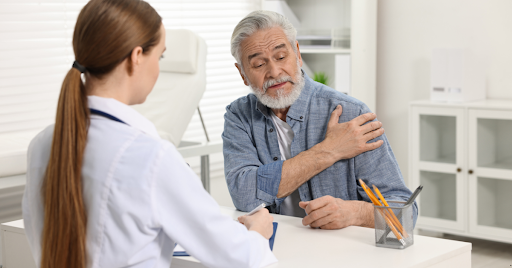
Strokes are medical emergencies that require immediate attention, and understanding stroke symptoms in men is crucial for timely diagnosis and treatment. While strokes can affect anyone, men often exhibit unique signs that can sometimes be missed or mistaken for less serious health issues. In this article, we’ll explore the early signs of a stroke in men, the role of headaches, and available treatment options.
What Are the Common Stroke Symptoms in Men?
Recognizing the symptoms early can save lives and prevent long-term damage. Stroke symptoms in men may differ slightly from women, making it essential to focus on the signs specific to male patients.
Key stroke symptoms in men include:- Sudden numbness or weakness in the face, arm, or leg, especially on one side of the body
- Confusion, trouble speaking, or understanding speech
- Difficulty seeing in one or both eyes
- Trouble walking, dizziness, or loss of balance and coordination
- Severe headache with no known cause (commonly referred to as a stroke symptoms headache)
How Can a Headache Signal a Stroke?
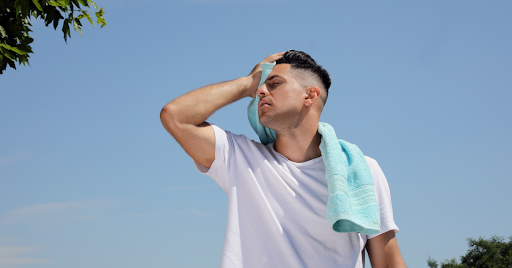 While headaches are common and often harmless, a sudden, intense headache could indicate a serious issue like a hemorrhagic stroke. This type of stroke occurs when a blood vessel in the brain bursts, leading to internal bleeding.
While headaches are common and often harmless, a sudden, intense headache could indicate a serious issue like a hemorrhagic stroke. This type of stroke occurs when a blood vessel in the brain bursts, leading to internal bleeding.Look out for:
- A headache that comes on suddenly and is extremely painful
- Associated symptoms like nausea, vomiting, or loss of consciousness
- Headaches combined with weakness, numbness, or speech issues
If a headache is different from any you’ve had before, especially when accompanied by other stroke symptoms in men, seek medical help immediately.
Are Young Men at Risk of Stroke?
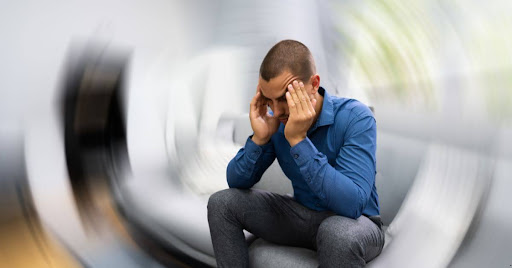 Yes, stroke in young men is more common than many realize. Factors such as lifestyle, genetics, and underlying health conditions like high blood pressure can increase stroke risk even in men under 45.
Yes, stroke in young men is more common than many realize. Factors such as lifestyle, genetics, and underlying health conditions like high blood pressure can increase stroke risk even in men under 45.Contributing factors include:
- Smoking and substance use
- High blood pressure or cholesterol
- Obesity and lack of physical activity
- Diabetes
- Family history of cardiovascular disease
Young men may ignore early signs or dismiss symptoms, delaying critical treatment. Awareness can lead to faster intervention and better outcomes.
Many young men have high blood pressure, which they are not aware of & the first unfortunate indication is a stroke. Neurologists are seeing this trend increasingly.
Early Warning Signs You Should Never Ignore
Certain signs of a stroke in men may seem subtle but should not be ignored. The acronym BE FAST is a helpful tool:- Balance: Sudden loss of balance or coordination
- Eyes: Trouble seeing out of one or both eyes
- Face: Facial drooping on one side
- Arms: Arm weakness or inability to raise one arm
- Speech: Slurred or confused speech
- Time: Time to call emergency services immediately
Even if symptoms fade quickly, it could be a transient ischemic attack (TIA) or "mini-stroke," which is a warning sign of a future major stroke.
Treatment for Stroke in Men: What Are Your Options?
Immediate treatment is critical in reducing the long-term effects of a stroke. Depending on the type of stroke, treatment options may vary.- Ischemic Stroke (Blocked Artery)
- Intravenous thrombolysis using tPA (tissue plasminogen activator)
- Mechanical thrombectomy to remove the clot
- Anticoagulant or antiplatelet medications to prevent further clots
- Hemorrhagic Stroke (Bleeding in the Brain):
- Emergency surgery to stop bleeding and reduce pressure
- Blood pressure medications to manage risk
- Surgical clipping or coiling of aneurysms
- Rehabilitation Post-Stroke:
- Physical therapy to improve mobility
- Occupational therapy for daily task management
- Speech therapy for communication difficulties
- Psychological counseling to deal with emotional and mental health
Long-Term Care and Lifestyle Changes
Recovery doesn’t end at the hospital. Long-term management involves:- Maintaining a heart-healthy diet
- Exercising regularly (as advised by a physician)
- Managing underlying health conditions like hypertension and diabetes
- Avoiding tobacco and excessive alcohol consumption
- Keeping follow-up appointments with neurologists and cardiologists
When Should You See a Doctor?
If you notice even one potential sign of a stroke in yourself or someone else, do not wait. Call emergency services immediately. Early intervention significantly improves chances of recovery.
Prevention
It is important to get health checks regularly even in your 20s & specially if you have parents who have high blood pressure. Early diagnosis & treatment of BP reduces the risk of getting a stroke.
